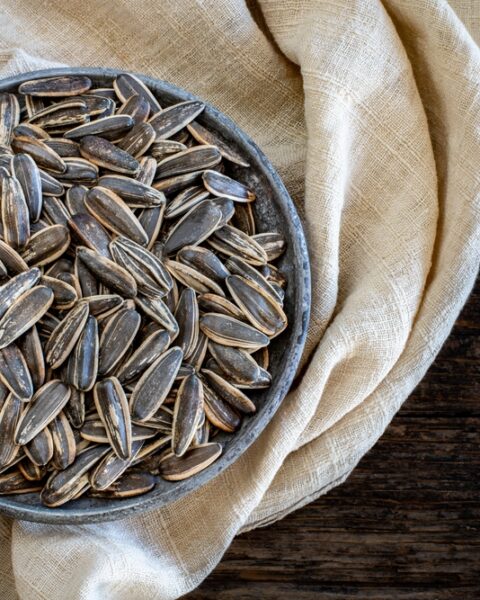Finding the right cookware for your kitchen can make a world of difference in your cooking experience. Whether you’re setting up a new kitchen or upgrading your current one, it’s important to choose pieces that suit your needs and preferences. With so many options out there, it can get pretty overwhelming. But don’t worry, I’ve got you covered! Here are practical tips to help you select the best cookware for your kitchen, ensuring you have everything you need to cook like a pro.
Contents
- 1 Determine Your Cooking Style
- 2 Choose the Right Material
- 3 Check Heat Conductivity
- 4 Consider Durability
- 5 Evaluate Maintenance Requirements
- 6 Look for Compatibility with Your Cooktop
- 7 Assess the Weight of the Cookware
- 8 Inspect Handles and Lids
- 9 Consider Buying a Set
- 10 Budget Wisely
- 11 More From RetailShout
- 12 17 Regional German Foods Everyone Needs To Try
- 13 15 Fun Food Crafts To Make For Someone You Love
Determine Your Cooking Style
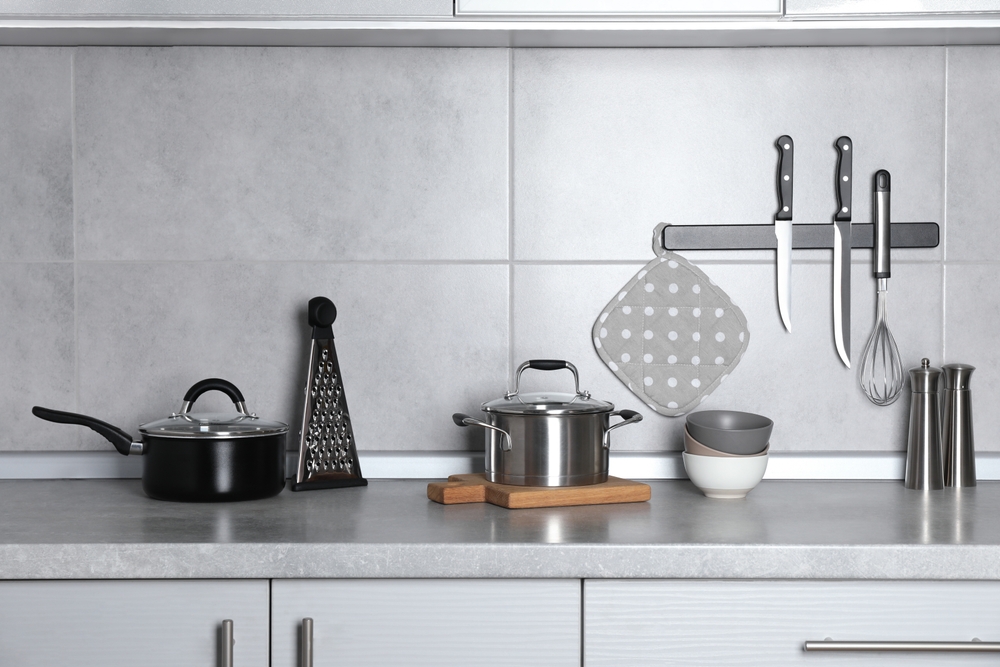
Understanding your cooking habits is crucial before purchasing cookware. If you often cook stews and soups, investing in a high-quality stockpot is essential. For those who frequently sauté or fry, non-stick pans are a must-have. Baking enthusiasts might need specialty bakeware. Assessing your cooking needs ensures you invest in the most functional pieces for your kitchen.
Choose the Right Material
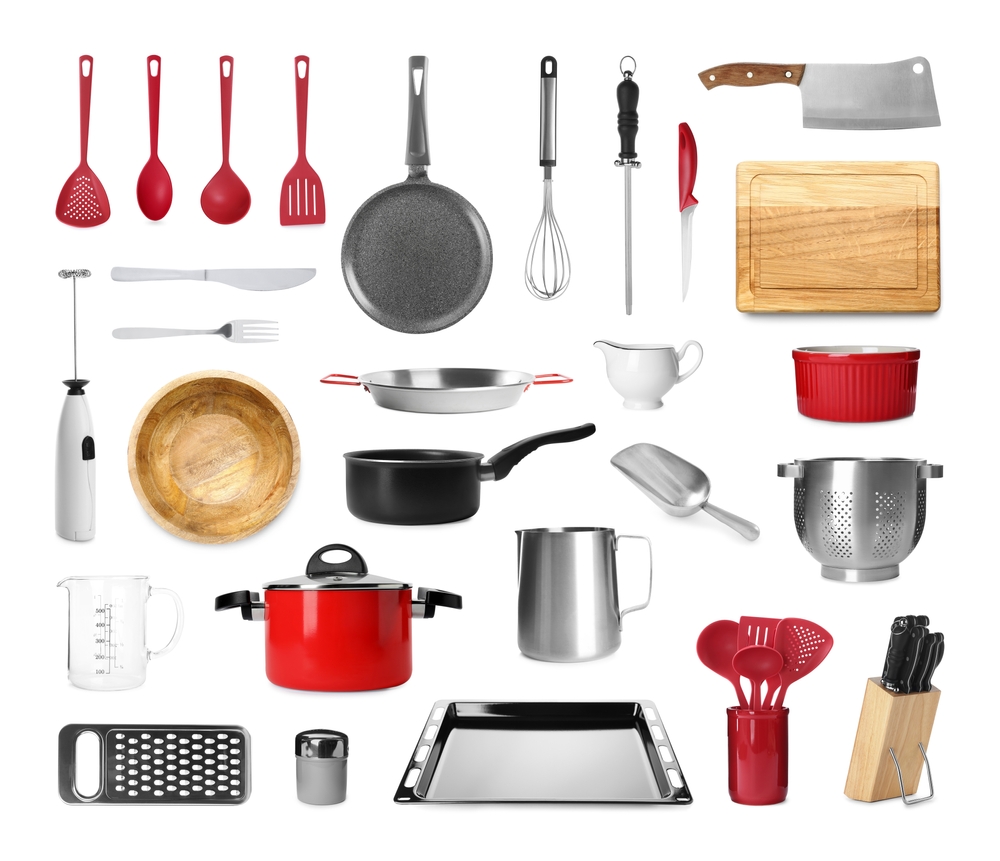
Cookware materials significantly affect cooking performance and durability. Stainless steel is popular for its durability and non-reactive nature, making it ideal for various cooking techniques. Cast iron is excellent for heat retention and is perfect for slow cooking. Non-stick pans are convenient for low-fat cooking and easy cleanup. Copper provides precise temperature control but requires maintenance to prevent tarnishing. Consider your cooking style and maintenance preferences when choosing materials.
Check Heat Conductivity
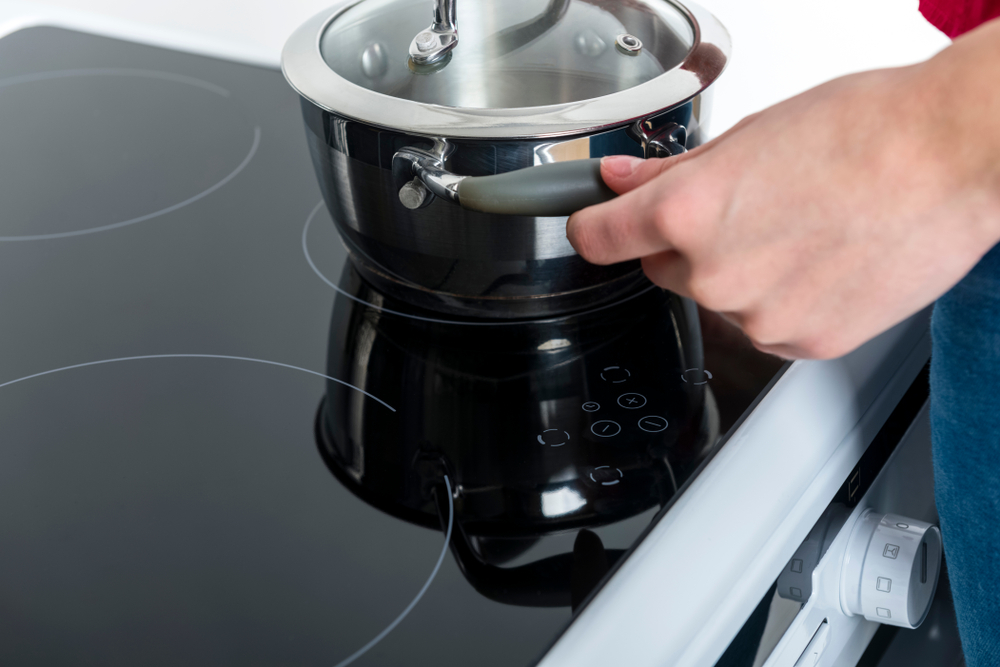
The ability of cookware to conduct heat impacts cooking efficiency and food quality. Copper and aluminum are known for their excellent heat conductivity, ensuring even cooking. Stainless steel, while durable, is not as efficient in heat distribution unless it has a copper or aluminum core. Good heat conductivity helps avoid hot spots and ensures your food cooks evenly, making it a key factor in selecting cookware.
Consider Durability
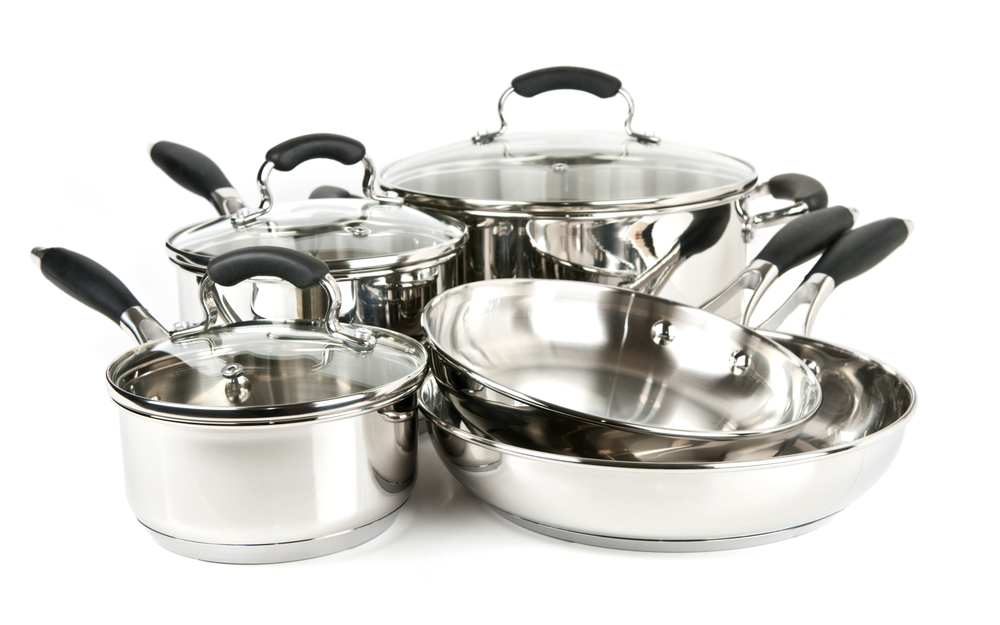
Investing in durable cookware saves money in the long run. Stainless steel and cast iron are highly durable materials that can withstand high heat and frequent use. Non-stick pans, while convenient, may wear out faster and require replacement. Quality construction, such as riveted handles and thick bases, also contributes to durability. Choose cookware that matches your cooking frequency and withstands the test of time.
Evaluate Maintenance Requirements
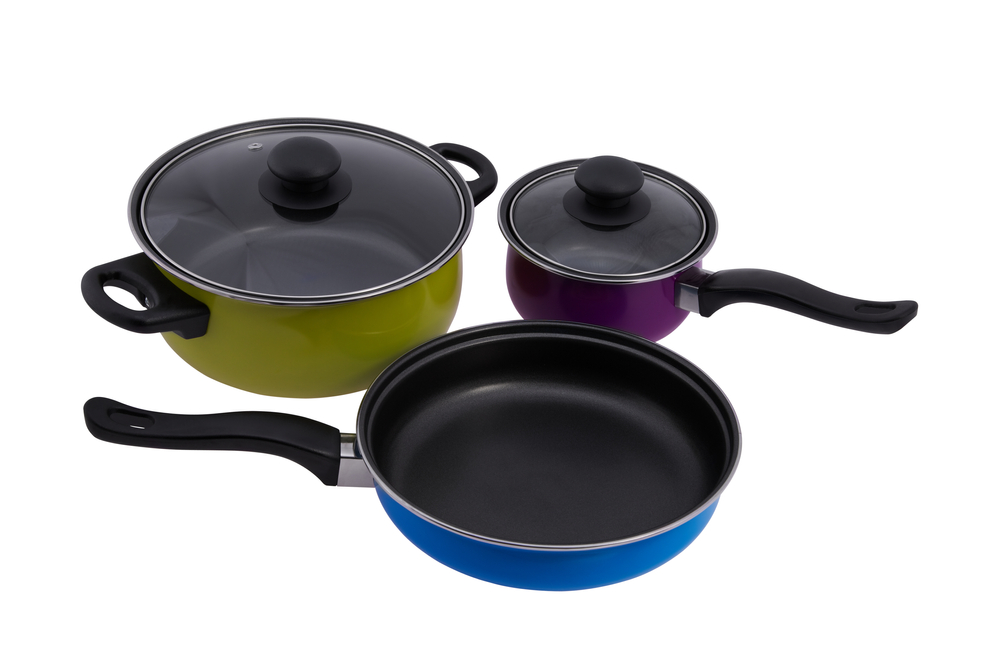
Different cookware materials have varying maintenance needs. Non-stick cookware is easy to clean but requires careful handling to avoid scratching. Cast iron needs seasoning to maintain its non-stick surface and prevent rust. Stainless steel is dishwasher safe but can require scrubbing to remove burnt food. Consider how much time and effort you’re willing to invest in maintaining your cookware before making a decision.
Look for Compatibility with Your Cooktop
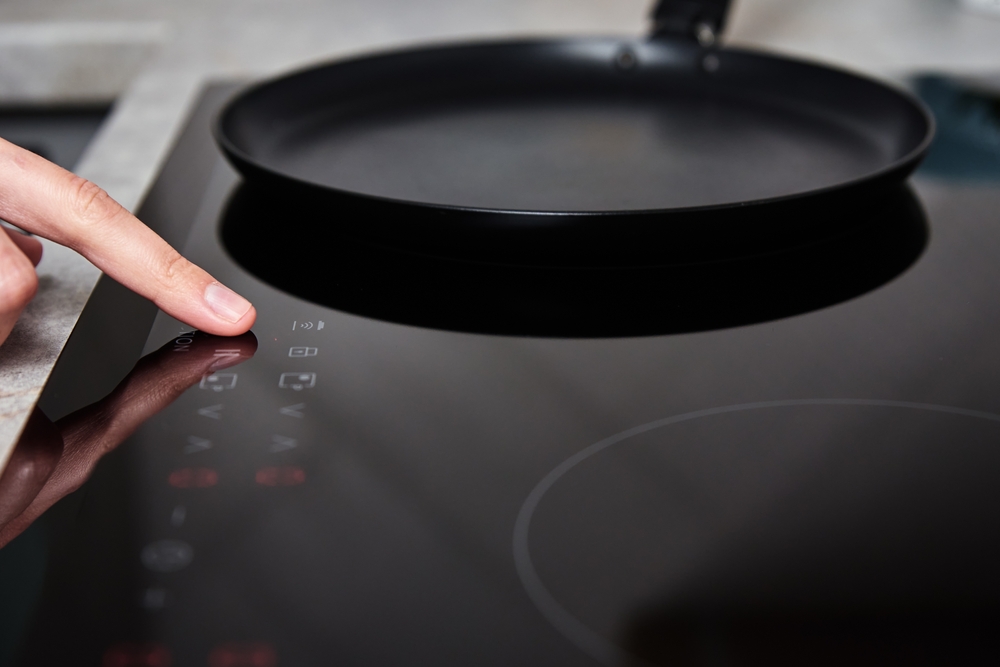
Not all cookware is compatible with every type of cooktop. Induction cooktops require magnetic cookware, such as cast iron or magnetic stainless steel. Gas and electric stoves are compatible with most types, but ensure the cookware base is flat for even heating. Verify your cooktop’s requirements to ensure your new cookware works efficiently with your existing kitchen setup.
Assess the Weight of the Cookware
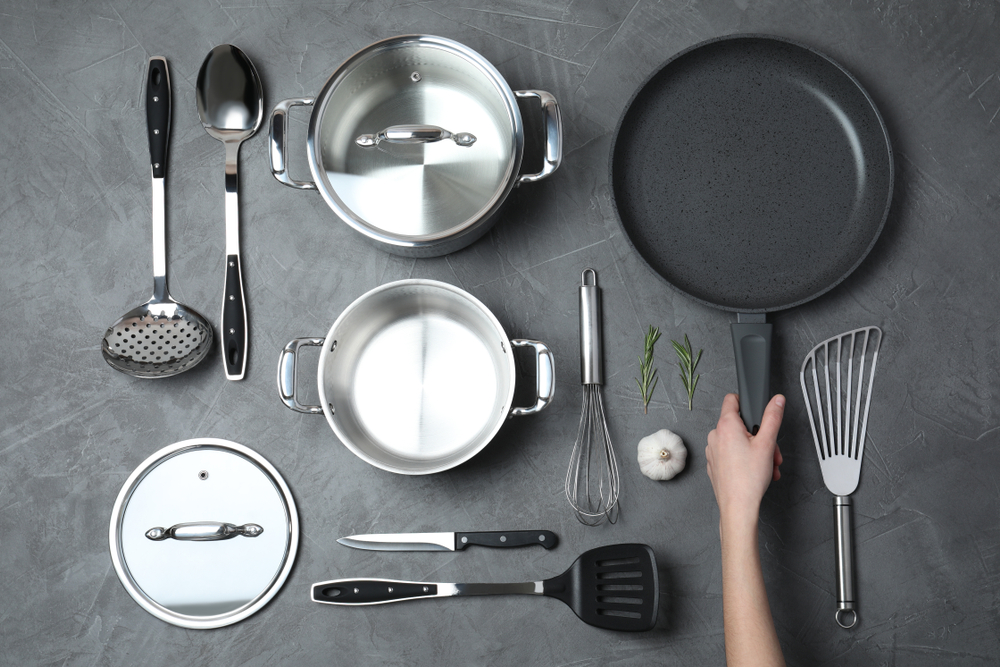
The weight of the cookware affects its usability and performance. Heavier pans, like cast iron, offer better heat retention and even cooking but can be difficult to handle, especially when full. Lightweight options, like aluminum, are easier to maneuver but may not provide as consistent heating. Choose a weight that balances performance with your comfort level during cooking.
Inspect Handles and Lids
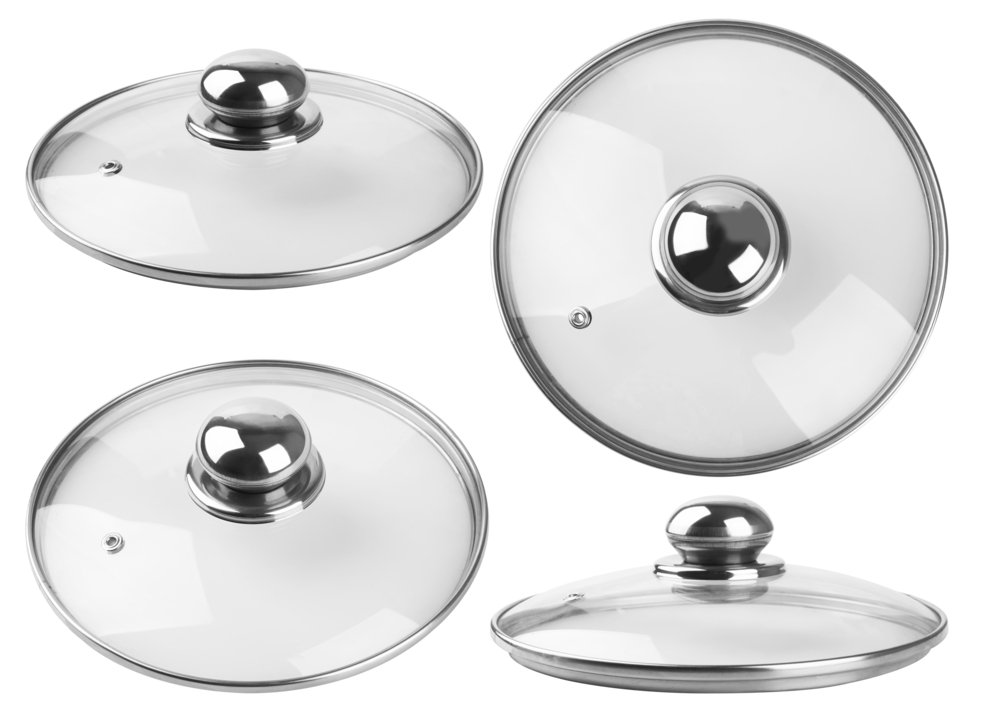
Handles and lids are critical components of cookware. Look for sturdy, heat-resistant handles that are securely riveted or welded. Handles with ergonomic designs provide better grip and safety. Lids should fit tightly to retain heat and moisture. Glass lids allow you to monitor cooking without lifting the lid, which is convenient for maintaining consistent cooking conditions.
Consider Buying a Set
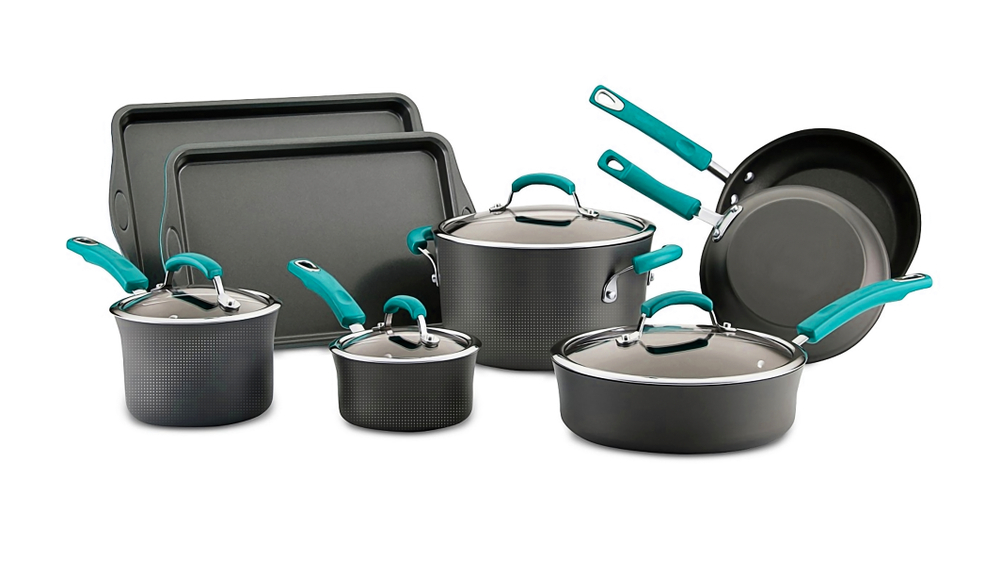
Purchasing a cookware set can be more economical and ensure a uniform cooking experience. Sets often include essential pieces like saucepans, frying pans, and stockpots. This can be beneficial for those setting up a new kitchen or looking to upgrade their entire collection. However, make sure the set includes the pieces you need and that they are of good quality individually.
Budget Wisely
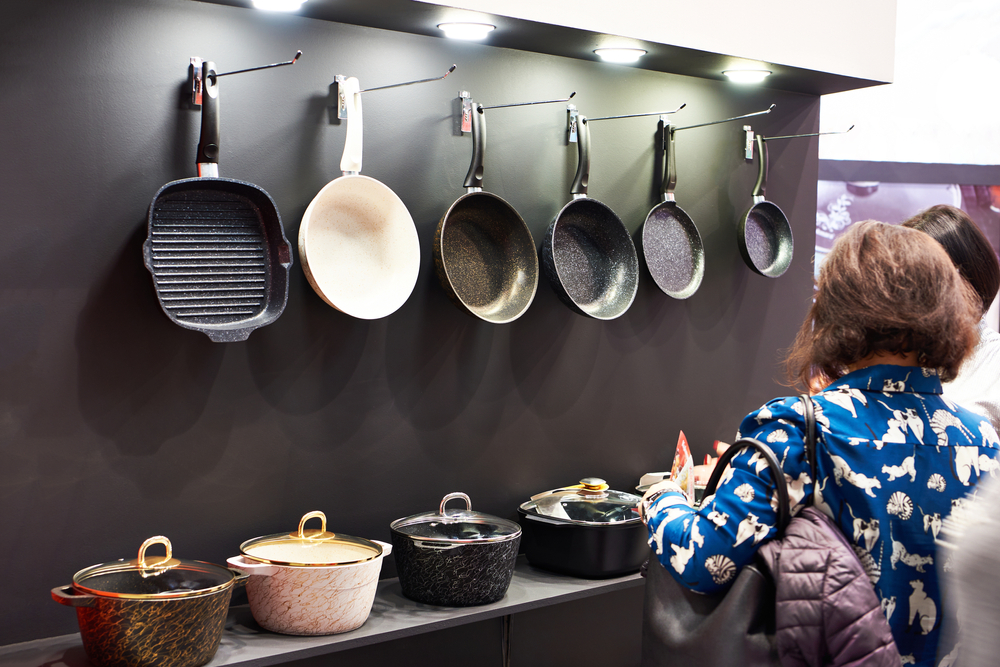
High-quality cookware can be a significant investment, but it’s often worth the cost for better performance and longevity. Set a realistic budget based on your cooking needs and prioritize pieces that will be used most frequently. Sometimes, investing in a few high-quality pieces is more cost-effective than buying a large set of lower-quality cookware. Research and compare prices to find the best value for your money.
This article originally appeared on RetailShout
More From RetailShout
10 Remarkable Origin Stories Behind Popular Foods

Imagine biting into a slice of pizza or savoring a scoop of ice cream and wondering where these delicious treats came from. Well, every dish has a story, and some of your favorite foods have origins that are as interesting as their flavors. Read More.
17 Regional German Foods Everyone Needs To Try

Germany’s culture and traditions vary greatly across its regions, and this diversity is evident in its food. Each area boasts its own unique dishes, crafted with local ingredients and a strong sense of pride. Read More.
15 Fun Food Crafts To Make For Someone You Love

Crafting food gifts for someone you love is a wonderful way to show your thoughtfulness and creativity. These handmade treats can be tailored to the person’s preferences and personality and serve as meaningful gestures of affection. Read More.

